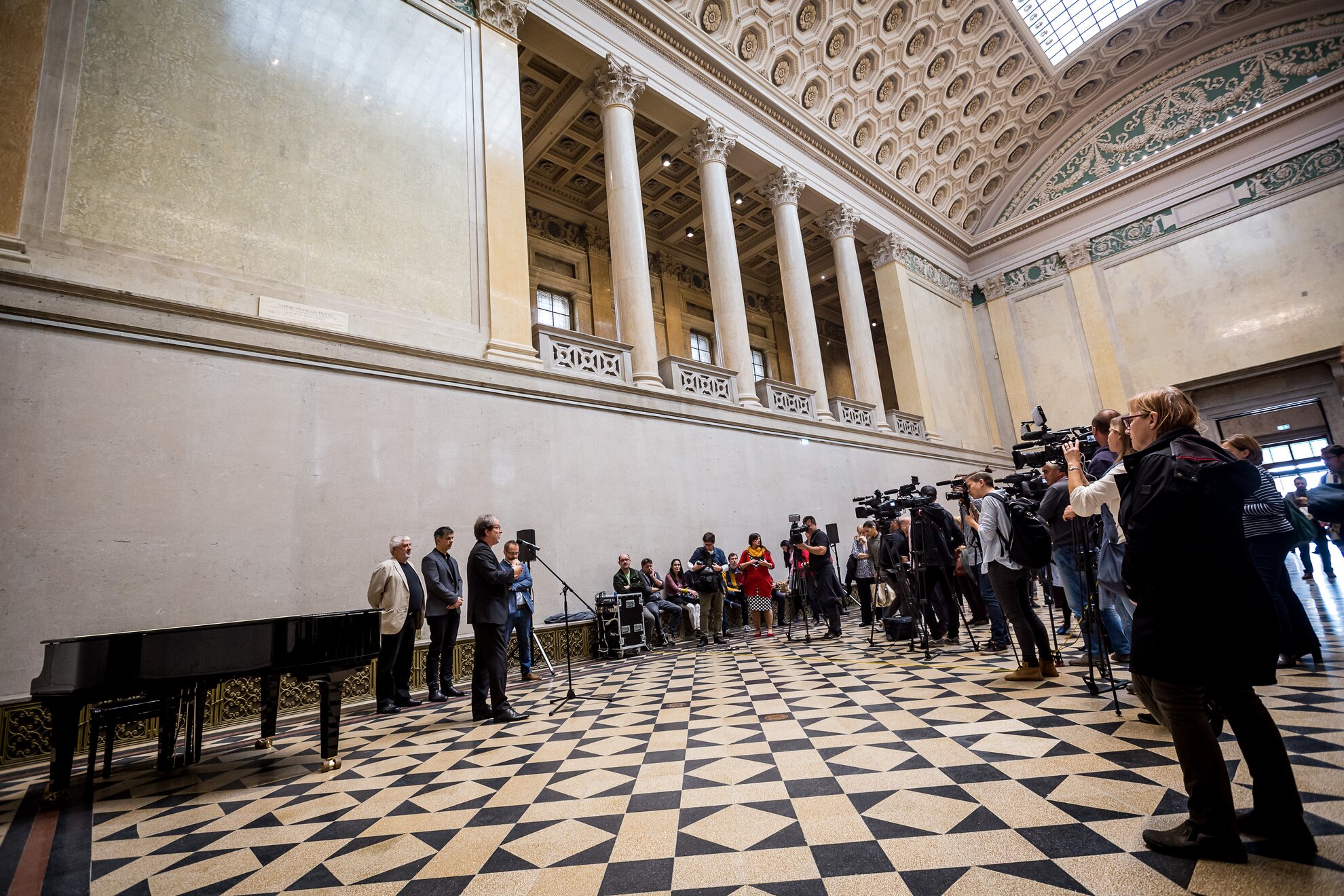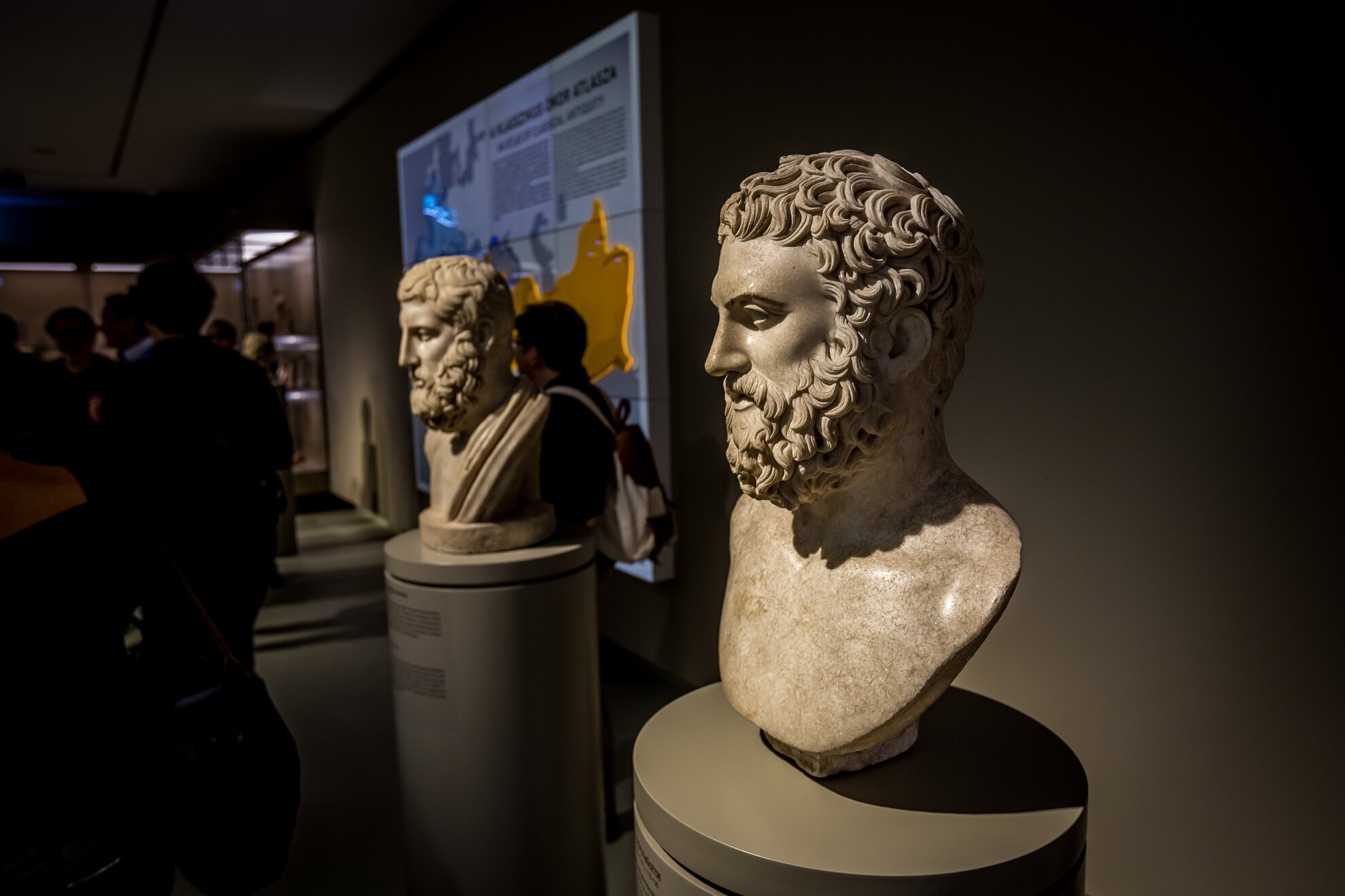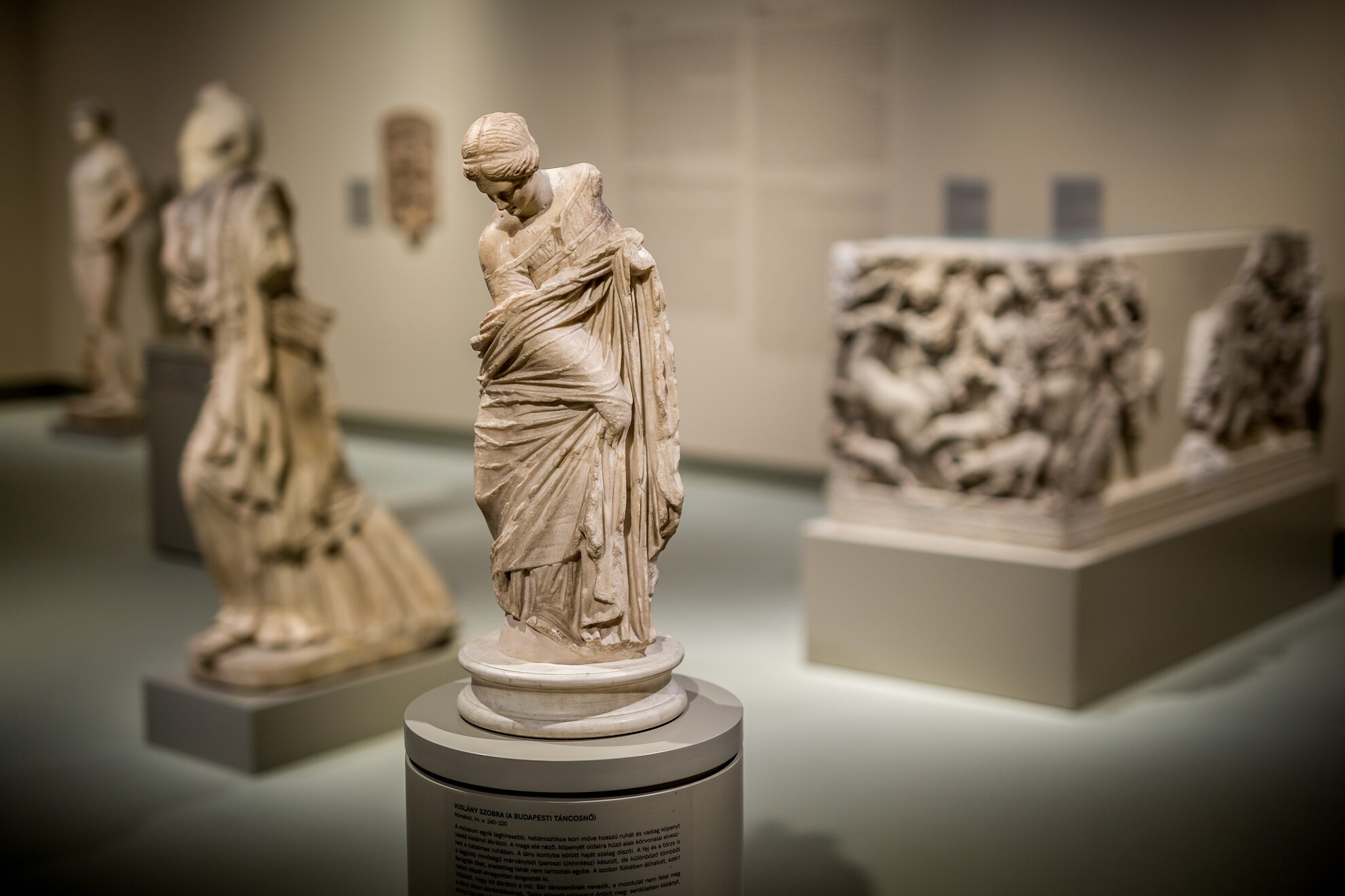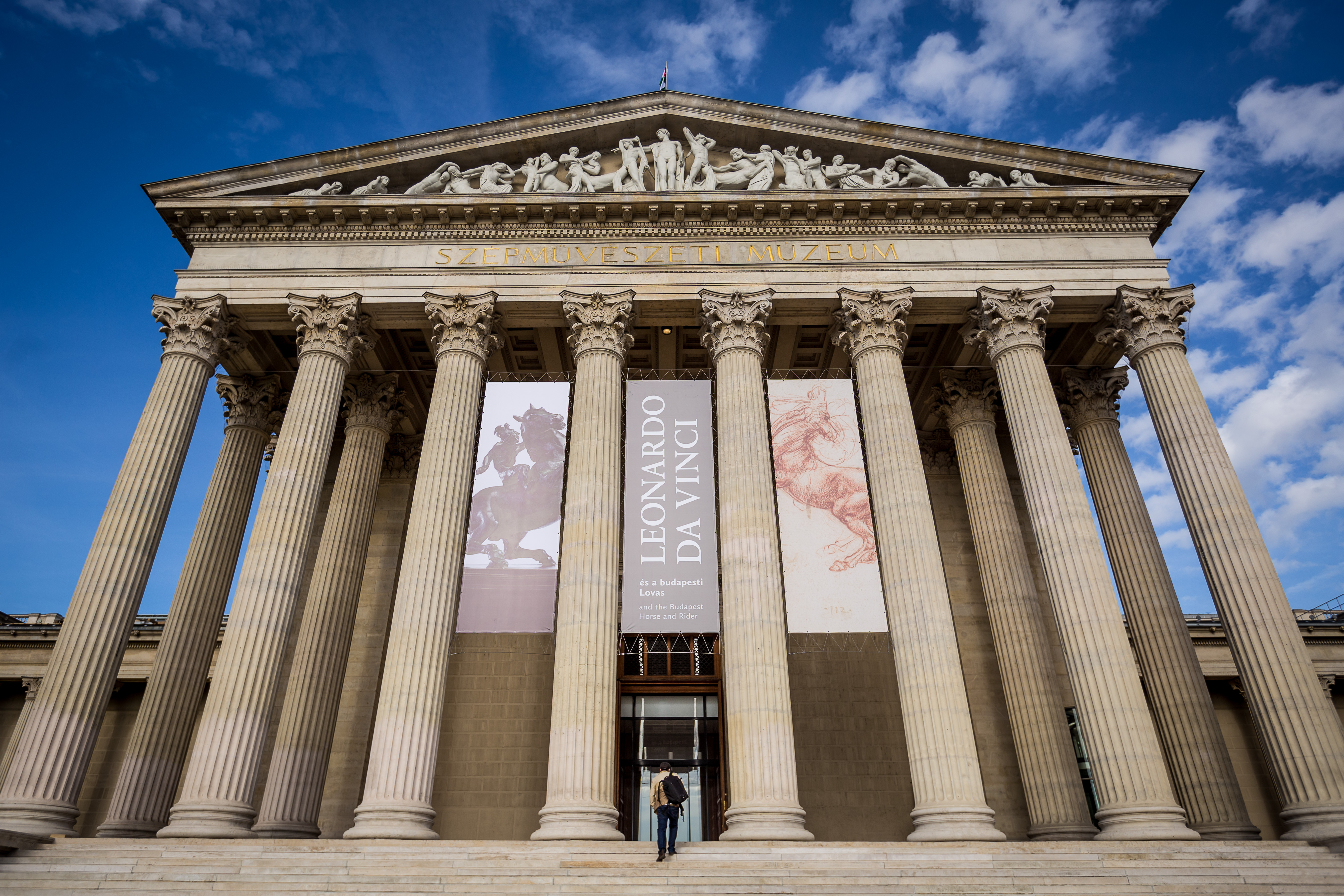At noon today, the doors finally opened and the waiting crowd rushed in for a first look at what three years of renovation can do.

Starting with the Michelangelo Room on the first floor, this major refurbishment now allows the gallery to showcase a new permanent exhibition dedicated to Leonardo da Vinci. Note the ten original Leonardo drawings and a bronze statue, the subject of decades of debate and conjecture, but now commonly acknowledged to be the creation of the master himself.

The Old Gallery also opened on the first floor, presenting the evolution of European painting between 1250 and 1600 – and, finally, in air-conditioned rooms. The display has been arranged chronologically, or according to certain schools or geographical areas. Here you’ll find works by Raffaello, Titian and El Greco. The Old Statue collection is then up one level, with the third floor dedicated to Hungarian Baroque.

The Egyptian Hall gives more than 650 pieces of art room to breathe, the expansive surroundings also including visitor-friendly interactive features. Head of Antiquities, Árpád Nagy, has renosed his whole department to present the exhibits in a more non-linear fashion.

The beautifully renovated Roman Hall opened in March. Elaborately covered with colourful murals, this medieval-style cultural space was severely damaged during World War II and was closed to visitors. Renovations by architect István Mányi and the Mányi Studio now allow this unique facility, neglected for decades as storage space, to host events and attractions.
Full renovation of the Museum of Fine Arts is not quite complete – by the summer of 2019, all exhibition areas will be open to the public.




